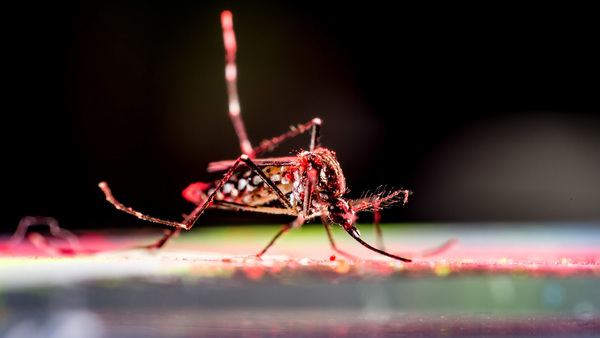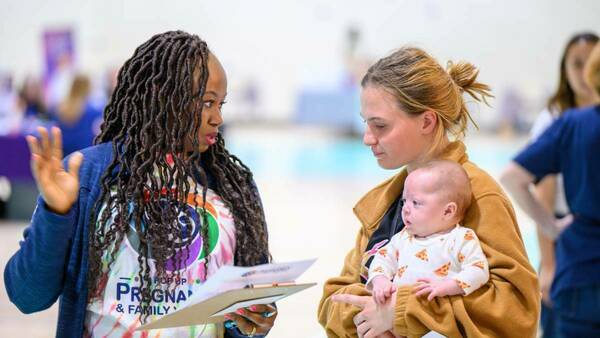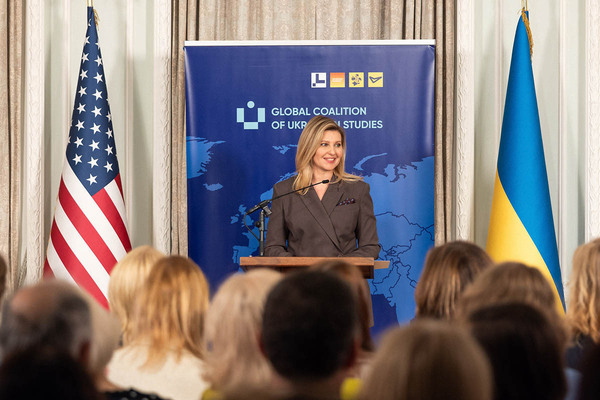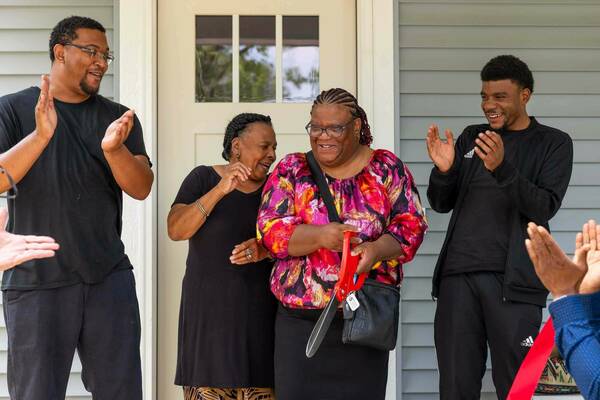Researchers use AI, Google Street View to predict household energy costs on large scale
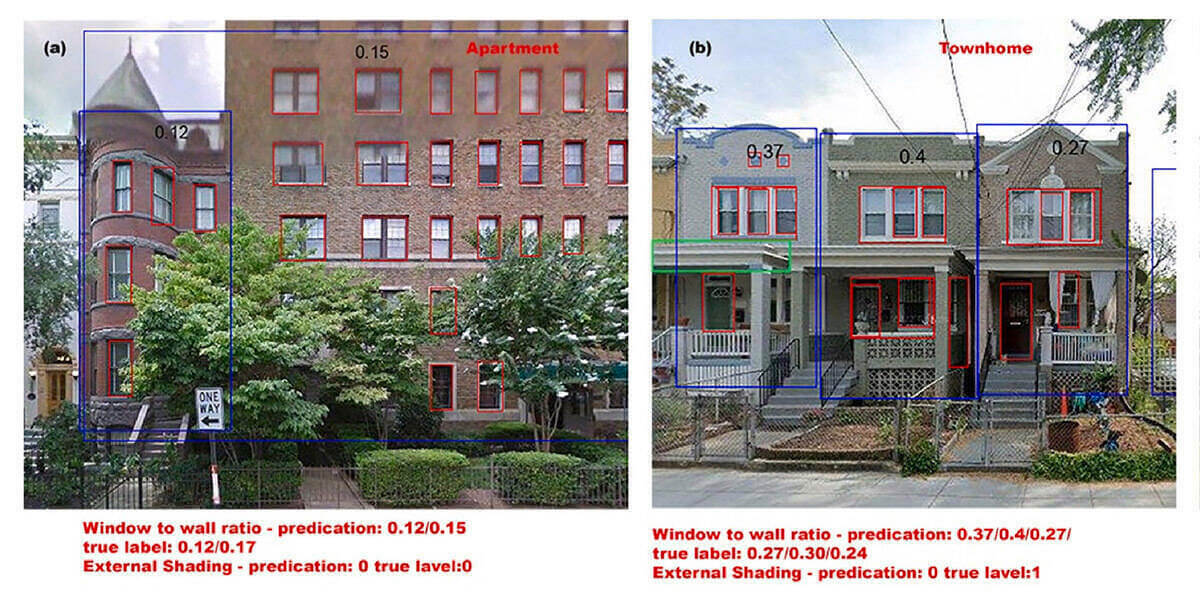
Low-income households in the United States are bearing an energy burden that is three times that of the average household, according to the U.S. Department of Energy.
In total, more than 46 million U.S. households carry a significant energy burden — meaning they pay more than 6 percent of their gross income for basic energy expenses such as cooling and heating their homes.
Passive design elements like natural ventilation can play a pivotal role in reducing energy consumption. By harnessing ambient energy sources like sunlight and wind, they can create a more comfortable environment at little or no cost. However, data on passive design is scarce, making it difficult to assess the energy savings on a large scale.
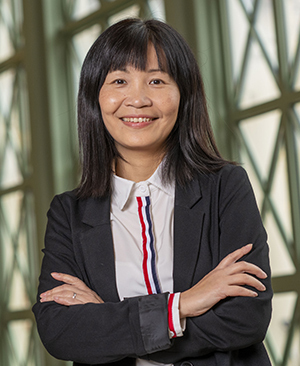
To address that need, an interdisciplinary team of experts from the University of Notre Dame, in collaboration with faculty at the University of Maryland and University of Utah, have found a way to use artificial intelligence to analyze a household’s passive design characteristics and predict its energy expenses with more than 74 percent accuracy.
By combining their findings with demographic data including poverty levels, the researchers have created a comprehensive model for predicting energy burden across 1,402 census tracts and nearly 300,000 households in the Chicago metropolitan area. Their research was published this month in the journal Building and Environment.
The results yield invaluable insights for policymakers and urban planners, said Ming Hu, associate dean for research, scholarship and creative work in the School of Architecture, allowing them to identify neighborhoods that are most vulnerable — and paving the way toward smart and sustainable cities.
“When families cannot afford air conditioning or heat, it can lead to dire health risks,” Hu said. “And these risks are only exacerbated by climate change, which is expected to increase both the frequency and intensity of extreme temperature events. There is an urgent and real need to find low-cost, low-tech solutions to help reduce energy burden and to help families prepare for and adapt to our changing climate.”
In addition to Hu, who is a concurrent associate professor in the College of Engineering, the Notre Dame research team includes Chaoli Wang, a professor of computer science and engineering; Siyuan Yao, a doctoral student in the Department of Computer Science and Engineering; Siavash Ghorbany, a doctoral student in the Department of Civil and Environmental Engineering and Earth Science; and Matthew Sisk, an associate professor of the practice in the Lucy Family Institute for Data and Society.
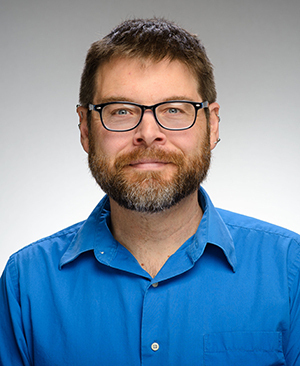
Their research, which was funded by the Lucy Institute as part of the Health Equity Data Lab, focused on three of the most influential factors in passive design: the size of windows in the dwelling, the types of windows (operable or fixed) and the percent of the building that has proper shading.
Using a convolutional neural network, the team analyzed Google Street View images of residential buildings in Chicago and then performed different machine learning methods to find the best prediction model. Their results show that passive design characteristics are associated with average energy burden and are essential for prediction models.
“The first step toward mitigating the energy burden for low-income families is to get a better understanding of the issue and to be able to measure and predict it,” Ghorbany said. “So, we asked, ‘What if we could use everyday tools and technologies like Google Street View, combined with the power of machine learning, to gather this information?’ We hope it will be a positive step toward energy justice in the United States.”
The resulting model is easily scalable and far more efficient than previous methods of energy auditing, which required researchers to go building by building through an area.
Over the next few months, the team will work with Notre Dame’s Center for Civic Innovation to evaluate residences in the local South Bend and Elkhart communities. Being able to use this model to quickly and efficiently get information to the organizations who can help local families is an exciting next step for this work, Sisk said.
“When you have an increased energy burden, where is that money being taken away from? Is it being taken from educational opportunities or nutritious food? Is it then contributing to that population becoming more disenfranchised as time goes on?” Sisk said. “When we look at systemic issues like poverty, there is no one thing that will fix it. But when there’s a thread we can pull, when there are actionable steps that can start to make it a little bit better, that’s really powerful.”
The researchers are also working toward including additional passive design characteristics in the analysis, such as insulation, cool roofs and green roofs. And eventually, they hope to scale the project up to evaluate and address energy burden disparities at the national level.
For Hu, the project is emblematic of the University’s commitments to both sustainability and helping a world in need.
“This is an issue of environmental justice. And this is what we do so well at Notre Dame — and what we should be doing,” she said. “We want to use advancements like AI and machine learning not just because they are cutting-edge technologies, but for the common good.”
Contact: Carrie Gates, associate director of media relations, 574-993-9220 or c.gates@nd.edu
Latest ND NewsWire
- Researchers deconstruct chikungunya outbreaks to improve prediction and vaccine developmentThe symptoms come on quickly — acute fever, followed by debilitating joint pain that can last for months. Though rarely fatal, the chikungunya virus, a mosquito-borne illness, can be particularly severe for high-risk individuals, including newborns and older adults. While the virus is common…
- Eck Institute investigator to strengthen postpartum care for Indiana mothersYenupini Joyce Adams, associate professor of the practice and maternal health lead for the Eck Institute for Global Health at the University of Notre Dame, is partnering with Beacon Health System to pilot a new, first-of-its-kind postpartum care model in the South Bend-Elkhart community.
- Gen. Martin Dempsey to speak at Notre Dame Forum event on ‘Hope, Global Stability and the Role of the United States’Gen. Martin Dempsey, the retired 18th chairman of the Joint Chiefs of Staff, will join University President Rev. Robert A. Dowd, C.S.C., for a fireside chat at 4 p.m. Friday (Oct. 10), as part of the 2025-26 Notre Dame Forum. The discussion, titled “Hope, Global Stability and the Role of the United States,” is part of the exploration of this year’s Notre Dame Forum theme, “Cultivating Hope.” It will take place in Rooms 215/216 of McKenna Hall and will also be livestreamed. The event is free and open to the public.
- University of Notre Dame joins the Global Coalition of Ukrainian StudiesThe University of Notre Dame has joined the Global Coalition of Ukrainian Studies after signing a memorandum of cooperation, formalized Sept. 24, at the Ukrainian Institute of America in New York City. Notre Dame joined four other American institutions that were also publicly welcomed to the coalition at this event: Arizona State University, Columbia University, Manor College and the Shevchenko Scientific Society.
- One year later, Inauguration Build a ‘dream come true’ for Habitat familiesOne year later, work on Inauguration Build 2024 is complete, offering shelter and so much more to five local families.
- Alumni Association and YoungND honor 2025 Domer DozenThe Notre Dame Alumni Association announced its 2025 Domer Dozen cohort, honoring 12 graduates ages 32 and younger for excellence in their contributions in learning, service, faith and work — the core pillars of the association’s mission.








